How to Identify Molecules That Only Act as Hydrogen Bond Acceptors
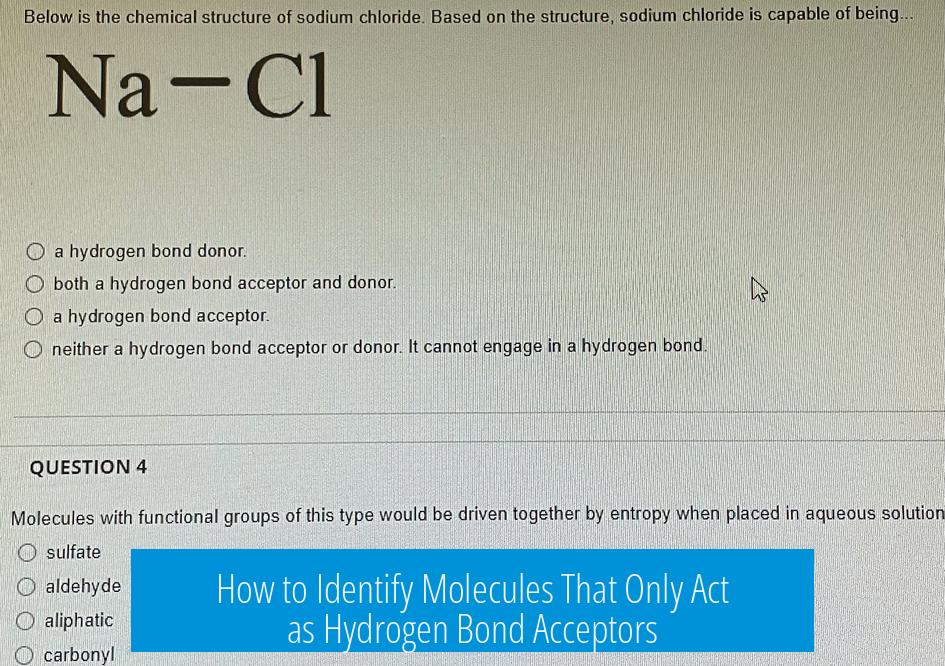
Hydrogen bond acceptors are atoms with lone pairs of electrons, mainly nitrogen (N), oxygen (O), or fluorine (F), which can accept hydrogen bonds from hydrogen bond donors. To determine if a molecule can only be an acceptor, not a donor, focus on these atoms and their bonding context.
Key Factors to Identify Hydrogen Bond Acceptors
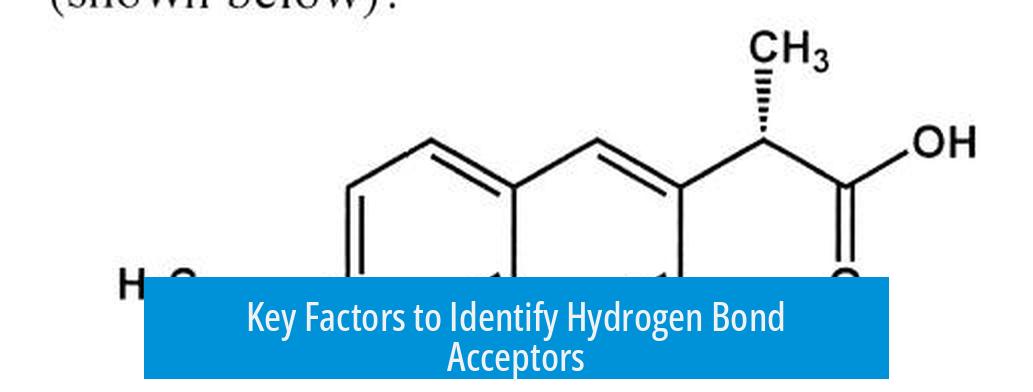
- Presence of N, O, or F atoms: These atoms often have lone pairs. Their lone pairs enable them to accept hydrogen bonds.
- Lone pairs availability: Only lone pairs close to the nucleus participate effectively in hydrogen bonding. For example, lone pairs on oxygen in water act as acceptors.
- Absence of bonded hydrogen: Atoms like nitrogen or oxygen that do not have hydrogen atoms attached cannot be donors. They act purely as acceptors.
Do You Need to Check Molecular Charge?
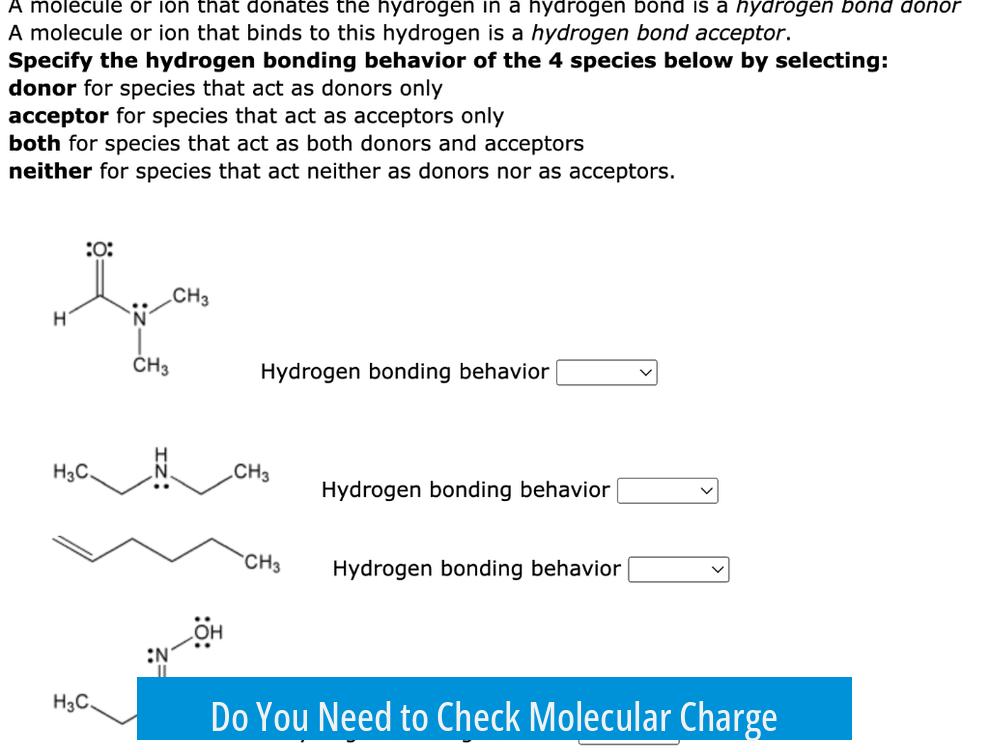
Instead of checking if the entire molecule carries a negative charge, focus on local partial negative charges on N, O, or F atoms. These partial negative charges come from lone pairs and polar bonds, making these atoms capable of accepting hydrogen bonds.
For example, in water (H2O), oxygen has a partial negative charge due to its electronegativity and lone pairs. This oxygen atom acts as a hydrogen bond acceptor. The whole molecule is neutral, but the partial negative charge on oxygen suffices for hydrogen bonding.
Simple Steps to Identify Pure Acceptors
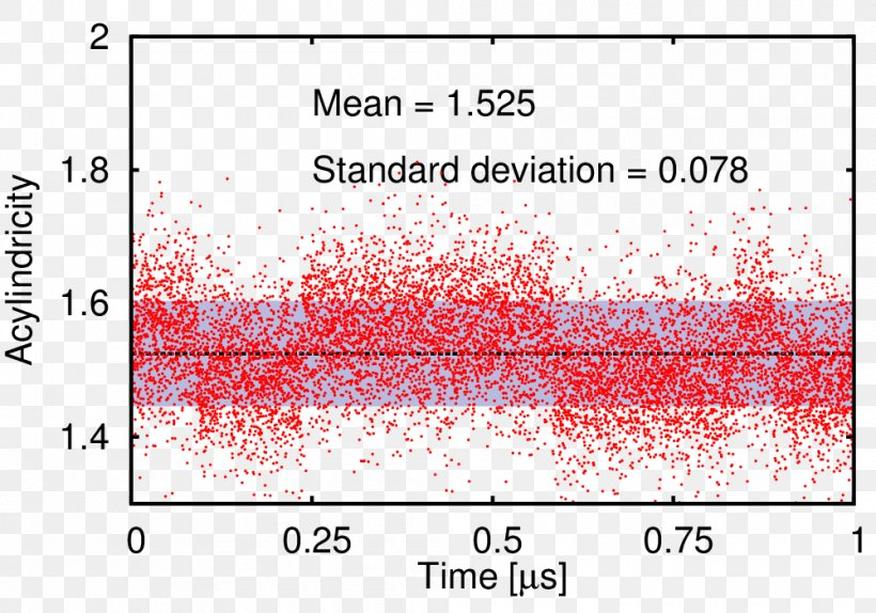
- Look for N, O, or F atoms in the molecule.
- Check if these atoms have lone pairs (non-bonding electron pairs).
- Confirm if these atoms have no hydrogens attached—if yes, they cannot donate hydrogen bonds, only accept.
- Understand partial negative charge: atoms with lone pairs naturally carry this and accept hydrogen bonds.
Example
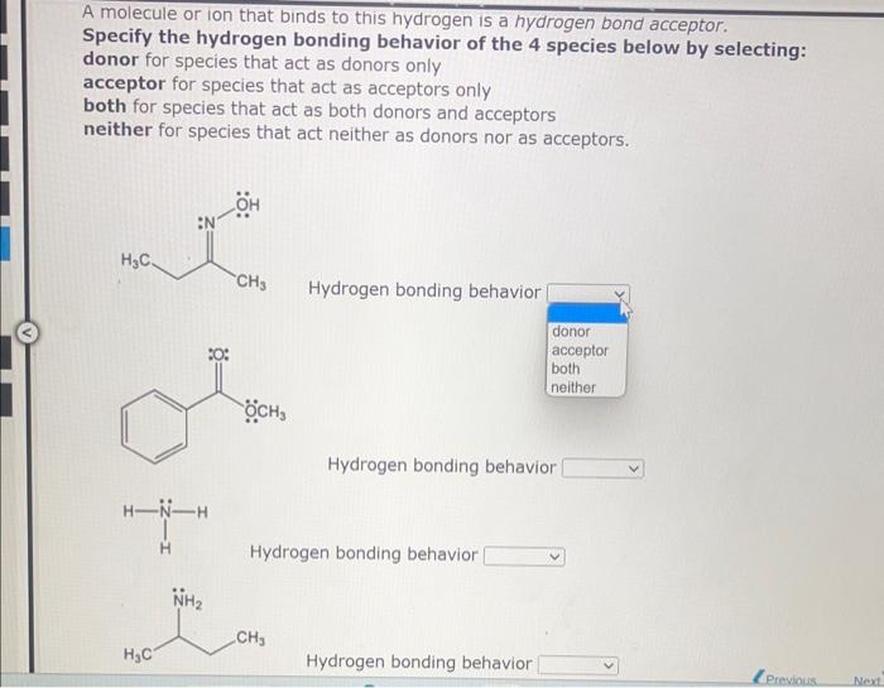
| Molecule | Hydrogen Bond Role | Reason |
|---|---|---|
| Water (H2O) | Donor and Acceptor | Oxygen has lone pairs (acceptor) and hydrogens bonded to O (donor). |
| Dimethyl ether (CH3-O-CH3) | Acceptor only | Oxygen has lone pairs but no hydrogen atoms attached. |
| Ammonia (NH3) | Donor and Acceptor | Nitrogen has lone pairs and bonded hydrogens. |
Summary
- Identify atoms F, O, or N with lone pairs to find hydrogen bond acceptors.
- Acceptors usually possess partial negative charge due to these lone pairs.
- Molecules or atoms without hydrogens bonded to these atoms act only as acceptors.
- Checking for molecular negativity is unnecessary; focus on local atomic environment.
How Do We Know Which Molecules Can Only Be Hydrogen Bond Acceptors?
Simply put, molecules that can only be hydrogen bond acceptors are those with nitrogen, oxygen, or fluorine atoms bearing lone pairs, but without hydrogen directly attached to these atoms. The presence of lone pairs on these electronegative atoms allows them to accept hydrogen bonds. But how do you *really* tell, and what about the idea of checking if the molecule is negative? Let’s untangle this in plain terms.
Every chemist, student, or curious mind bumps into this question when learning about hydrogen bonding. The “classic trio” for hydrogen bonds is nitrogen (N), oxygen (O), and fluorine (F). These atoms hog electrons, creating lone pairs that can snag hydrogen atoms from nearby molecules. That’s the secret sauce for hydrogen bond acceptance.
What Is a Hydrogen Bond Acceptor Anyway?
Think of a hydrogen bond acceptor as someone ready to shake hands—but only if their palms (lone pairs) are free and willing. In chemistry terms, an acceptor is an electronegative atom (like N, O, F) with at least one lone pair of electrons not involved in bonding. This lone pair can make a gentle, yet attractive, connection with a “hungry” hydrogen atom from another molecule:
- Lone pairs: Non-bonded electron pairs residing on N, O, or F.
- Electronegative atoms: Atoms that attract electrons strongly, creating a partial negative charge.
This partial negative charge pulls in a partially positive hydrogen attached to another electronegative atom. That’s hydrogen bonding in a nutshell.
Checking for Hydrogen Bond Acceptors: Why Not Just Negative Charge?
Many people get the idea that “the molecule needs to be negative” to accept a hydrogen bond. That’s not wrong—but it’s a bit overcomplicated for beginners. Here’s why:
“The presence of lone pairs on N, O, or F correlates with the ability to accept hydrogen bonds, which can be viewed as partial negative charges.”
So, the partial negative charge is actually caused by those lone pairs on electronegative atoms, not necessarily by the whole molecule carrying a formal negative charge (like in an ion). A molecule can be neutral overall but still have spots (like an oxygen atom in water) with enough electron density to be a hydrogen bond acceptor.
In simple terms, look for lone pairs on N, O, or F atoms instead of hunting for a negative charge on the whole molecule. This rule works like a charm for most organic and inorganic compounds.
How to Identify Acceptors: A Simple Checklist
- Find the N, O, or F atoms: Your first step is to spot these in the molecule’s structure.
- Check for lone pairs: Remember, N, O, and F naturally carry lone pairs—oxygen typically has two pairs, nitrogen has one (plus usually a bond to hydrogen or carbon), and fluorine has three.
- Look out for hydrogens attached to those atoms: If N, O, or F has hydrogen(s) attached, that atom can act as a *hydrogen bond donor* (giving hydrogen), not *just* an acceptor.
- Atoms with lone pairs but no bonded hydrogen: acceptors only! For example, the oxygen in a carbonyl group (C=O) can accept hydrogen bonds but not donate because it has lone pairs but no hydrogen bonded directly.
See? Not rocket science! Just keep an eye on those electronegative atoms, their lone pairs, and whether they have hydrogens attached.
What About Those Lone Pairs “Closer to the Nucleus”?
A neat twist is that not all lone pairs behave equally well as hydrogen bond acceptors. Lone pairs on fluorine, oxygen, and nitrogen are electron-rich spots “close” to the nucleus. This compact nature makes them excellent at attracting hydrogens. Lone pairs on other atoms might be more diffuse or less effective for hydrogen bonding.
So that’s a subtle point: only specific lone pairs on N, O, or F are prime suspects for hydrogen bond acceptance. You don’t have to struggle with strange atoms having lone pairs; focus on this trio.
Hydrogen Bond Donors vs. Acceptors: Why Does It Matter?
Hydrogen bonds are all about teamwork. A molecule that can *only* accept hydrogen bonds needs another molecule able to donate—meaning it must have a hydrogen attached to N, O, or F.
- Donor: Has H bonded to N, O, or F, making H slightly positive and ready to bond.
- Acceptor: Has lone pairs on N, O, or F, ready to accept H from another molecule.
For strong intermolecular hydrogen bonding, both partners need these properties. Missing either one, and the bond weakens or disappears.
Examples That Clinch the Idea
Let’s look at a few molecules:
| Molecule | Hydrogen Bond Donor? | Hydrogen Bond Acceptor? |
|---|---|---|
| Water (H2O) | Yes, hydrogens attached to oxygen | Yes, oxygen has two lone pairs |
| Acetone (CH3COCH3) | No, oxygen has no hydrogens attached | Yes, oxygen lone pairs accept H-bonds |
| Ammonia (NH3) | Yes, hydrogens attached to nitrogen | Yes, nitrogen lone pair |
| Fluoride ion (F−) | No hydrogens | Yes, lone pairs accept H-bonds; negative charge enhances acceptor strength |
Notice how acetone’s oxygen is only an acceptor, not a donor. Ammonia and water can do both.
Final Tips: How to Apply This in Your Study or Lab Work
- Skip formal charges: Don’t stress about negative charge unless you’re dealing with ions. Focus first on lone pairs.
- Visualize atoms: Draw your molecule or use software that highlights lone pairs.
- Remember hydrogen position: Does the nitrogen, oxygen, or fluorine have hydrogens attached? If yes, it’s a donor too.
- Review polar vs. nonpolar: For hydrogen bonding, polarity is key—just finding N, O, F isn’t enough if the environment is nonpolar.
Next time you glance at a molecular structure, you’ll spot the hydrogen bond acceptors and donors like a pro. It feels like a little chemistry detective game, doesn’t it?
So, ready to spot those hydrogen bond acceptors confidently? Just remember, look for the lone pairs hanging out on N, O, or F — that’s your easy shortcut without diving into complex charge checking. Happy bonding!
How can I quickly identify hydrogen bond acceptors in a molecule?
Look for atoms like fluorine (F), oxygen (O), or nitrogen (N) in the molecule. These atoms have lone pairs that can accept hydrogen bonds.
Do I need to check if the whole molecule is negatively charged to find H-bond acceptors?
No, you don’t need to check the entire molecule’s charge. Focus on the atoms with lone pairs (N, O, F), as they have a partial negative charge that allows them to accept hydrogen bonds.
Why are lone pairs on F, O, or N important for hydrogen bonding?
Lone pairs provide electrons that can bond with hydrogen atoms. Only lone pairs close to the nucleus on F, O, or N effectively act as hydrogen bond acceptors.
Can any atom with lone pairs act as a hydrogen bond acceptor?
Not all lone pairs can accept hydrogen bonds. Only those on electronegative atoms like N, O, or F, with lone pairs close to the nucleus, participate as acceptors.
How do hydrogen bond donors and acceptors differ?
Donors have a hydrogen atom bonded to N, O, or F. Acceptors have lone pairs on these atoms. Both are needed for strong hydrogen bonding between molecules.


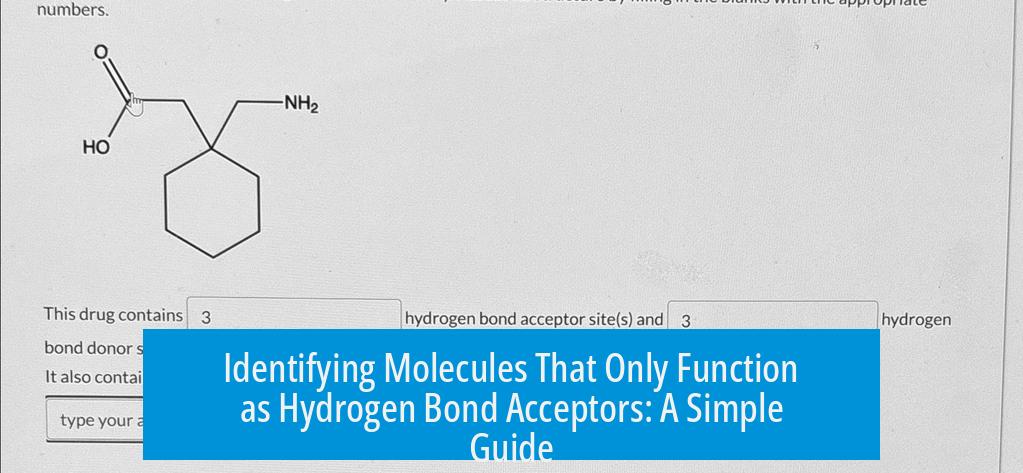
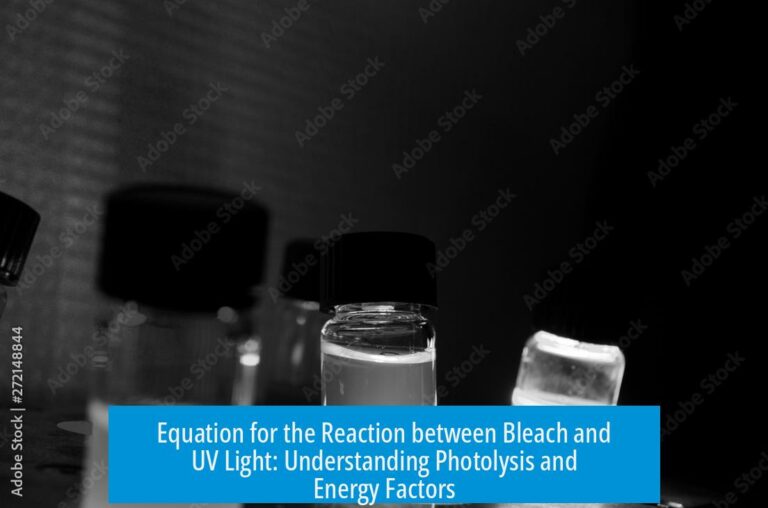
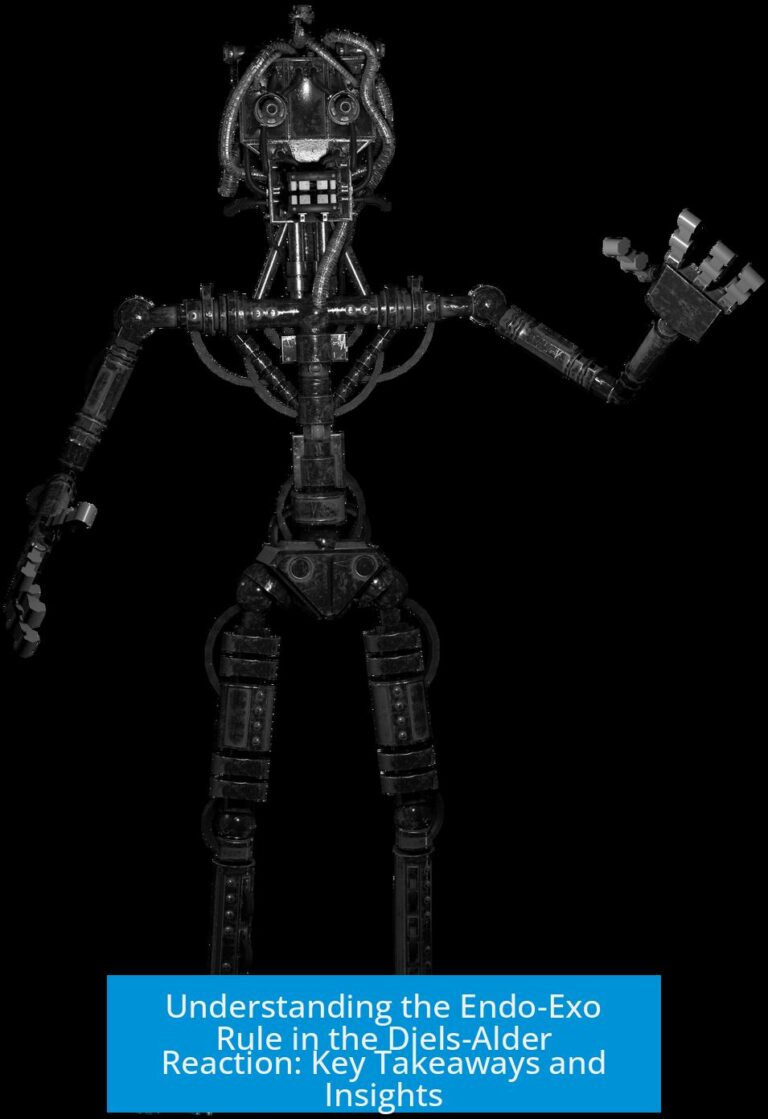
Leave a Comment